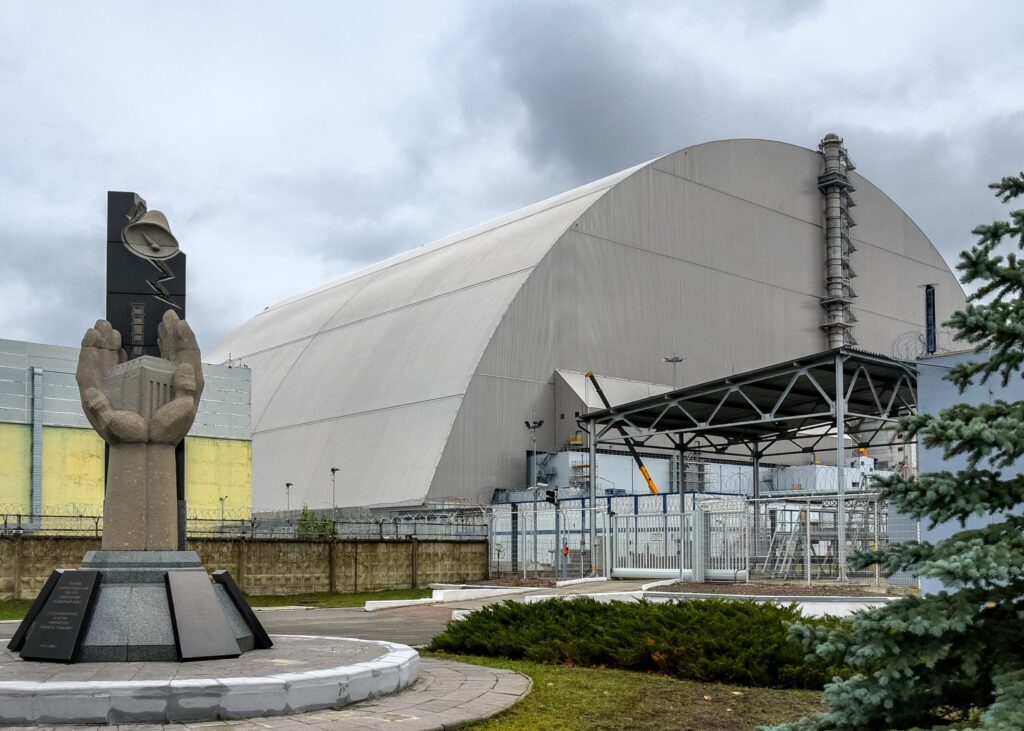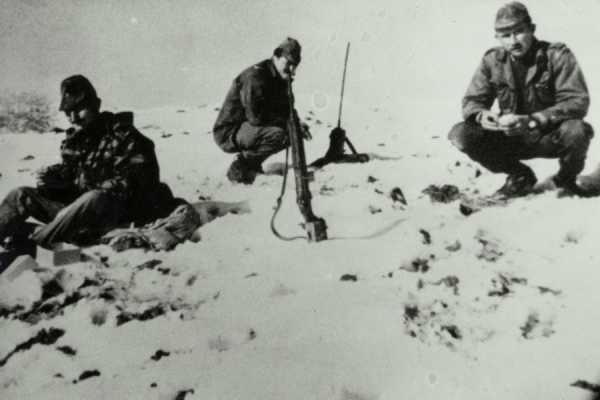This week the United Nations committee that oversees the World Heritage Programme meets in St. Petersburg’s Tauride Palace to decide whether 33 sites around the world have enough “outstanding universal value” to be worthy of preservation by the international community. The host palace—the city residence of Prince Potemkin, which Catherine the Great rehabbed into her summer townhouse—as well as the rest of historic St. Petersburg, has already been so recognized.
2012 is the ruby jubilee for the program, marking 40 years since it was signed into existence. Celebrations of the anniversary have been scheduled throughout the year, all over the globe. And it’s not hard to find things about the program to celebrate. Since its creation nearly a thousand sites have been added to the program’s eponymous list, and the World Heritage brand, as it were, has never been healthier. Inclusion on the registry validates the cultural or natural value of a place—whether a single building or an entire ecosystem—and confirms it worthy of international protection and notice. In many ways the World Heritage Programme seems to be everything you would hope for in a UN initiative: focused, effective, and popular. The accord that created it has been adopted by more countries than any other preservation-minded treaty.
But what gets preserved? Most of the spots you would expect to make the honor roll of human patrimony are indeed on the World Heritage map: the Great Wall of China, Angkor Wat, the Grand Canyon, the leaning tower of Pisa. And it’s easy to see how such places fit the bill.
And that’s just the problem: they’re too easy. Delving even into the less well-known reaches of the list—the spectacular maritime mosaic of Vietnam’s Ha Long Bay or the Struve Geodetic Arc, the string of survey points from Norway to the Black Sea used by Friedrich Georg Wilhelm von Struve to calculate a meridian—generates a sneaking suspicion: are World Heritage sites selected because they are uniquely and irreplaceably meaningful or because they effortlessly conform to pat notions of scenic beauty and human achievement? Is it simply that, as with the program itself, they’re easy to like?
A true list of the most significant artifacts of human culture and natural history would amount to more than a tantalizing slideshow of travel destinations. It would also reflect the indelible marks that humankind’s hubris and destruction have left on the world. An entire class of sites no less worthy of recognition and preservation than those already on the list, and no less fundamental to world heritage, is being ignored.
In short, why isn’t Chernobyl on the World Heritage List?
The ten selection criteria for World Heritage status themselves beg for an inclusive interpretation. A site may of course qualify for being a “masterpiece of human creative genius,” as the first criterion puts it, or because it “contain[s] superlative natural phenomena or areas of exceptional natural beauty” per number seven. But there are other criteria less devoted to aesthetics. Take number four, which calls for “an outstanding example of a type of building, architectural or technological ensemble or landscape which illustrates (a) significant stage(s) in human history.” The accidental wilderness sanctuary of Chernobyl’s 19-mile-radius exclusion zone, radioactive wolves and all, easily clears the bar set by rule four. Perversely, considering the circumstances of its creation, the Zone is also a shoe-in for “exceptional natural beauty”—a unique place where riotous birdsong and waving poplars have taken over from human industry and civilization.
There are plenty of other non-obvious places that meet the selection standards, whether or not they sell a lot of postcards. There’s Spindletop, for instance, the old Texas oilfield where the petroleum industry began its bid for domination of the world’s economy. And what about the Great Pacific Garbage Patch, that swirling galaxy of polyethylene fragments that stretches from Midway Atoll halfway to California? Nobody wants to preserve that one, of course, but it’s likely to persist on its own, and it is an extraordinary monument to our polluted age. If a hundred million tons of floating plastic don’t count as “outstanding examples representing major stages of earth's history” (criterion number eight), I don’t know what does.
The obvious objection is that recognizing sites such as these would be tantamount to celebrating their disastrous or distasteful aspects. But there’s nothing in the World Heritage criteria that requires sites to be symbols of what is right and happy with the world. That fact is reflected by a number of A-list World Heritage sites, if only from behind safe layers of intervening history. The Great Wall of China—a World Heritage site par excellence—is a military installation, the construction of which is estimated to have cost hundreds of thousands of lives. Then there’s Auschwitz-Birkenau, proof positive that World Heritage sites needn’t always be comforting and pretty. But Auschwitz is the exception, squeezed in among picturesque city centers, steamy rainforest preserves, and other comforting tourist bait.
Does it matter how or why a group of international bureaucrats makes a list of special places? In fact World Heritage status is a scarce commodity, with real benefits. The prestige that accrues to a site once it is listed can be a serious boon, not only in terms of tourist dollars, but in encouraging conservation efforts by national governments and NGOs. And for sites in critical need of protection, there is the chance of tangible assistance from the World Heritage Fund—approval of a site doesn’t only mean listing in a registry. In the case of Chernobyl, World Heritage status would aid in the conservation of what is quickly becoming an indispensable wildlife preserve with peculiar characteristics that make it especially difficult and costly to manage.
Most importantly, though, the World Heritage List shapes our understanding of what our shared history really is. That it does so, in the minds of travelers and bureaucrats alike, is one measure of its success. But by overemphasizing the picturesque and the inspiring, the list honors and protects mainly an airbrushed version of that history. Instead the program and its nominating countries might embrace the heritage of the world we actually live in.







